Tired of manicured lawns and fussy flowers that demand constant attention? Wild gardens are making a comeback and for good reason. They celebrate the beauty of nature, promote biodiversity, and require far less maintenance than traditional gardens. With the right selection of hardy, self-sufficient plants, you can create a landscape that thrives on its own and mimics the charm of a meadow, woodland, or prairie. Here are 10 low-maintenance wild garden plants that deliver natural beauty with minimal effort.
1. Black-Eyed Susan (Rudbeckia hirta)
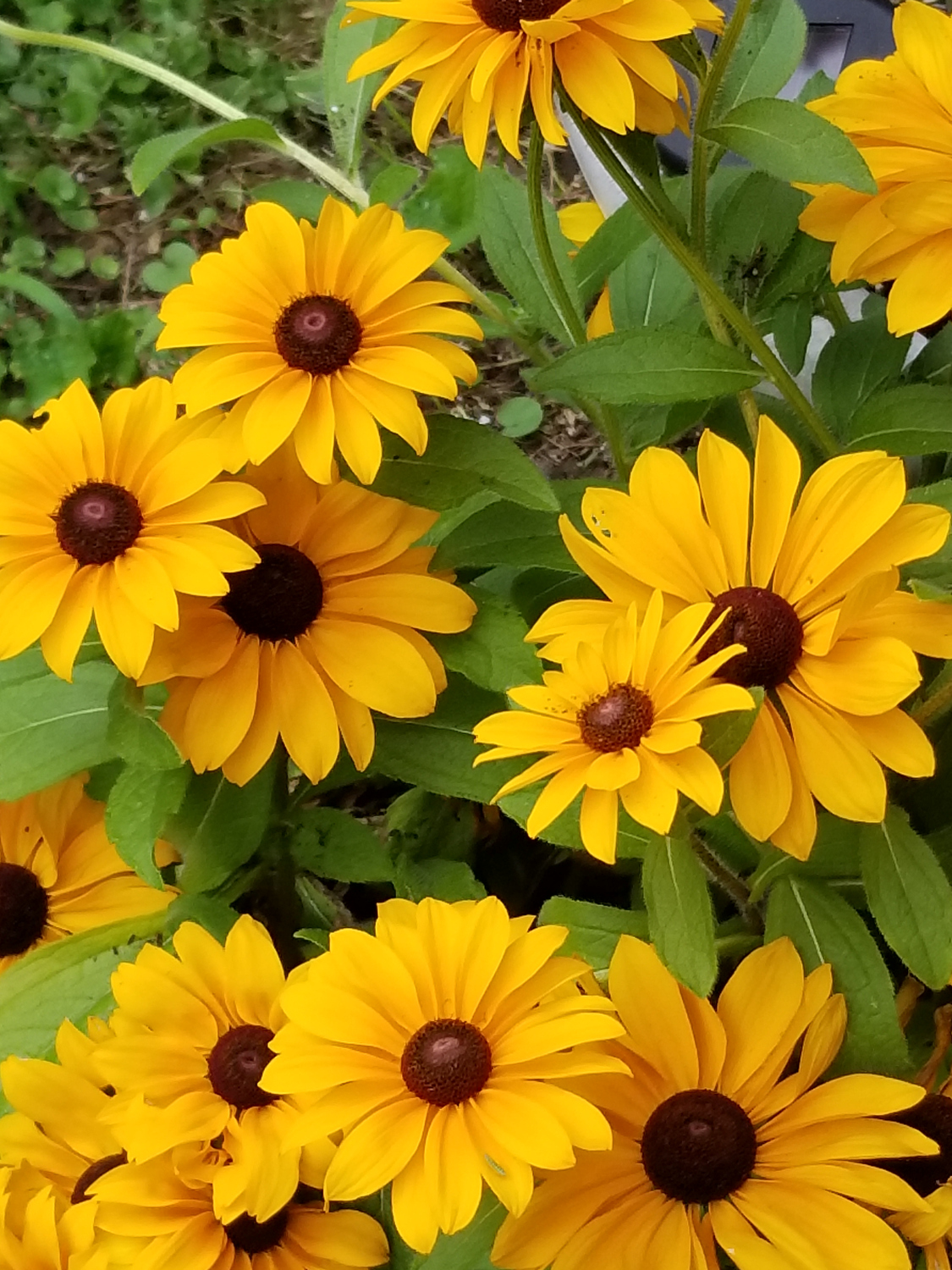
This cheerful native wildflower is a staple in natural gardens. Hardy in zones 3–9, Black-Eyed Susan bursts into golden-yellow blooms with dark centers from mid-summer to fall. It tolerates drought, poor soil, and full sun, making it an ideal plant for busy gardeners. Once established, it self-seeds generously, creating a field of flowers year after year. It also attracts bees, butterflies, and songbirds, adding a lively, dynamic element to any low-maintenance landscape.
2. Purple Coneflower (Echinacea purpurea)

Beloved by pollinators and herbalists alike, purple coneflower is both beautiful and practical. Hardy in zones 3–9, it produces daisy-like blooms in shades of purple and pink with prominent cone centers. It’s drought-tolerant, thrives in full sun, and requires little care once established. The seed heads provide winter food for birds, while the long bloom time from summer to fall ensures visual interest. Its clumping growth habit also makes it easy to contain in wildflower beds or borders.
3. Yarrow (Achillea millefolium)

With fern-like foliage and flat-topped flower clusters in colors ranging from white to deep red, yarrow brings texture and resilience to any wild garden. Hardy in zones 3–9, yarrow is drought-tolerant and thrives in poor, sandy soils. Once established, it resists pests and requires little more than occasional deadheading to prolong blooms. It also attracts beneficial insects and makes a great cut or dried flower. Yarrow spreads gradually, filling in spaces naturally without becoming invasive.
4. Butterfly Weed (Asclepias tuberosa)
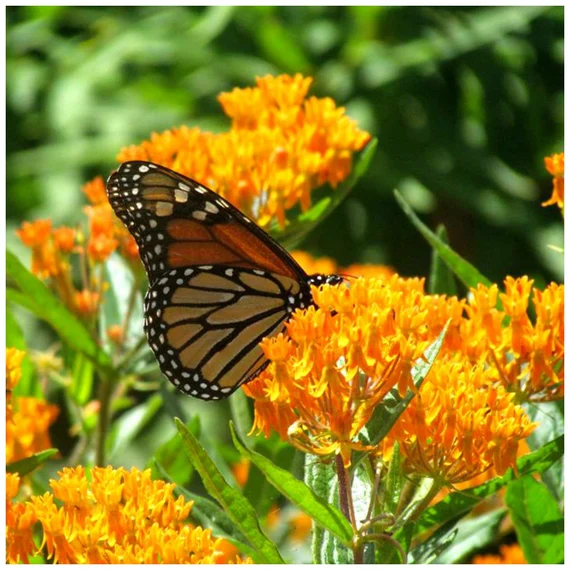
A magnet for monarch butterflies, butterfly weed is both a pollinator powerhouse and a vibrant addition to the wild garden. Its bright orange flowers bloom through summer, and its deep taproot helps it withstand drought and neglect. Hardy in zones 3–9, it prefers full sun and well-drained soil. It requires little to no fertilizing and is generally unbothered by pests. As a native milkweed, it also supports caterpillars, playing a key role in sustaining local ecosystems.
5. Wild Bergamot (Monarda fistulosa)
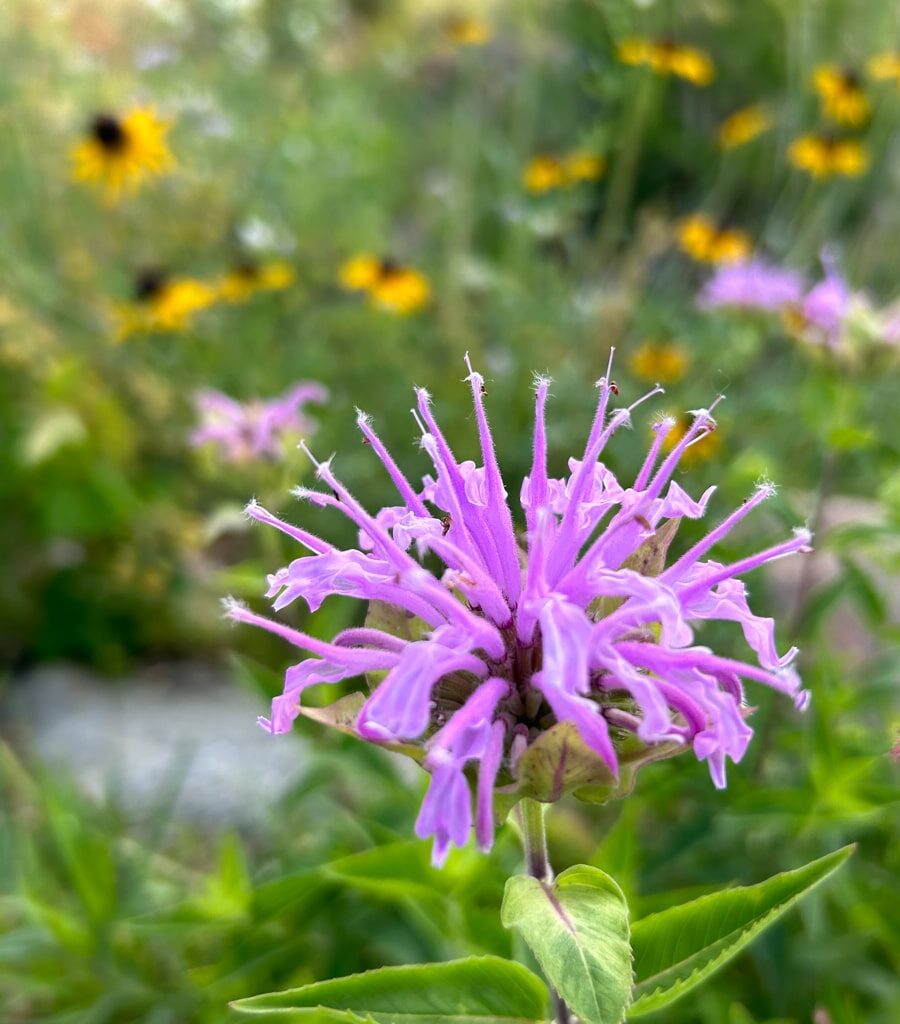
Also known as bee balm, wild bergamot offers lavender-hued, spiky blooms that attract bees, butterflies, and hummingbirds. This native perennial is hardy in zones 3–9 and grows best in sunny or partially shaded areas with average soil. It has a lovely, minty fragrance and is resistant to deer and many common pests. Wild bergamot spreads via rhizomes, forming natural colonies that fill space effortlessly, giving a wild, unstructured beauty to any landscape.
6. Joe Pye Weed (Eutrochium purpureum)
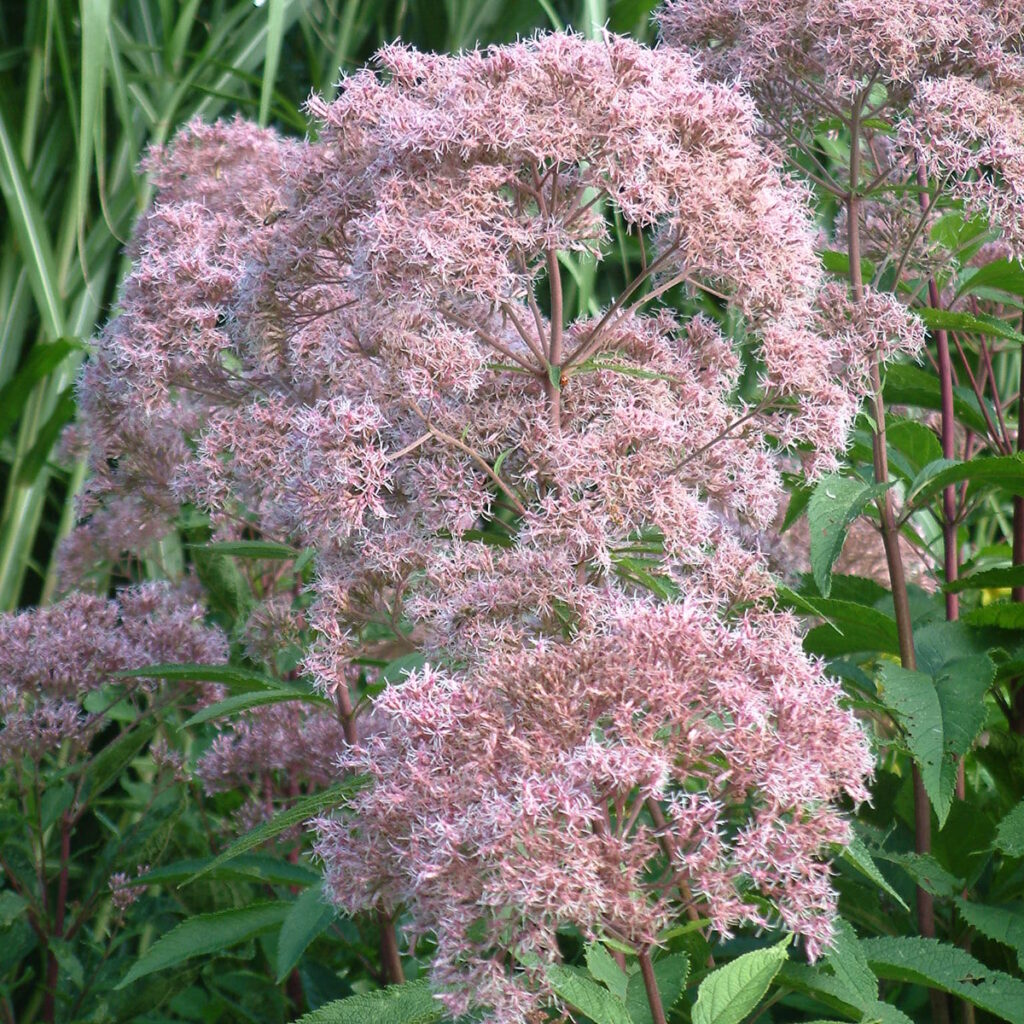
For adding height and drama to your wild garden, Joe Pye Weed is a standout. Hardy in zones 4–9, it can grow up to 6 feet tall, producing massive mauve-pink flower clusters that attract butterflies and bees. It thrives in moist soil and full to partial sun but adapts well to average garden conditions. Despite its size, it requires little maintenance just cut it back in late fall. Joe Pye Weed is perfect for naturalistic plantings and meadow-style gardens.
7. Goldenrod (Solidago spp.)
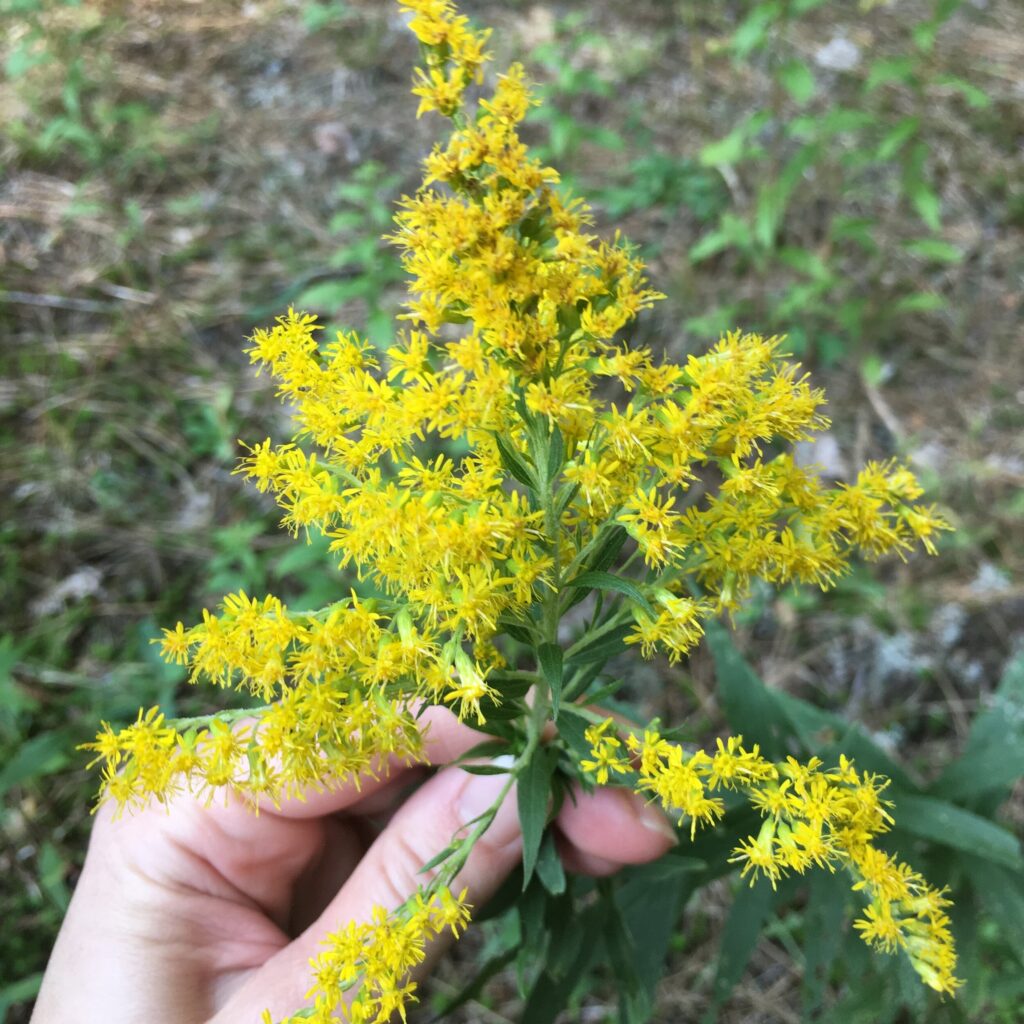
Often unfairly blamed for hay fever (it’s actually ragweed!), goldenrod is a late-summer bloomer that adds a bold splash of yellow to wild spaces. Hardy in zones 3–9, it’s a favorite among pollinators and grows well in full sun and average to dry soil. Goldenrod spreads easily and needs little upkeep aside from periodic thinning to keep it in check. Its upright growth and late bloom time make it an excellent companion to other wildflowers.
8. Prairie Dropseed (Sporobolus heterolepis)
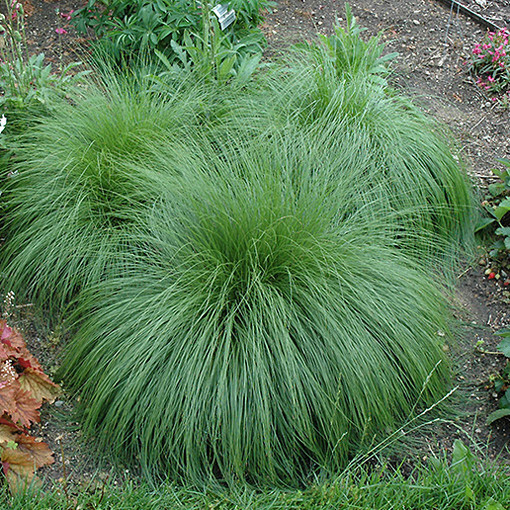
This graceful native grass is a must-have for texture and movement in natural-style gardens. Hardy in zones 3–9, prairie dropseed forms soft, flowing mounds of fine foliage that turn golden-orange in fall. In late summer, it sends up fragrant, airy flower spikes that sway in the breeze. It’s drought-tolerant, deer-resistant, and thrives in full sun. Once established, it needs virtually no maintenance and doesn’t become invasive like some other ornamental grasses.
9. Wild Columbine (Aquilegia canadensis)

This delicate-looking perennial is tougher than it seems. Wild columbine thrives in zones 3–8 and prefers part shade, making it ideal for woodland edges and dappled light areas. Its nodding red and yellow flowers bloom in spring and attract hummingbirds and bees. It self-seeds readily and adapts to various soil conditions, making it an excellent choice for low-maintenance, naturalistic settings. Its airy form and early bloom period help bridge the seasonal gap in wild gardens.
10. New England Aster (Symphyotrichum novae-angliae)
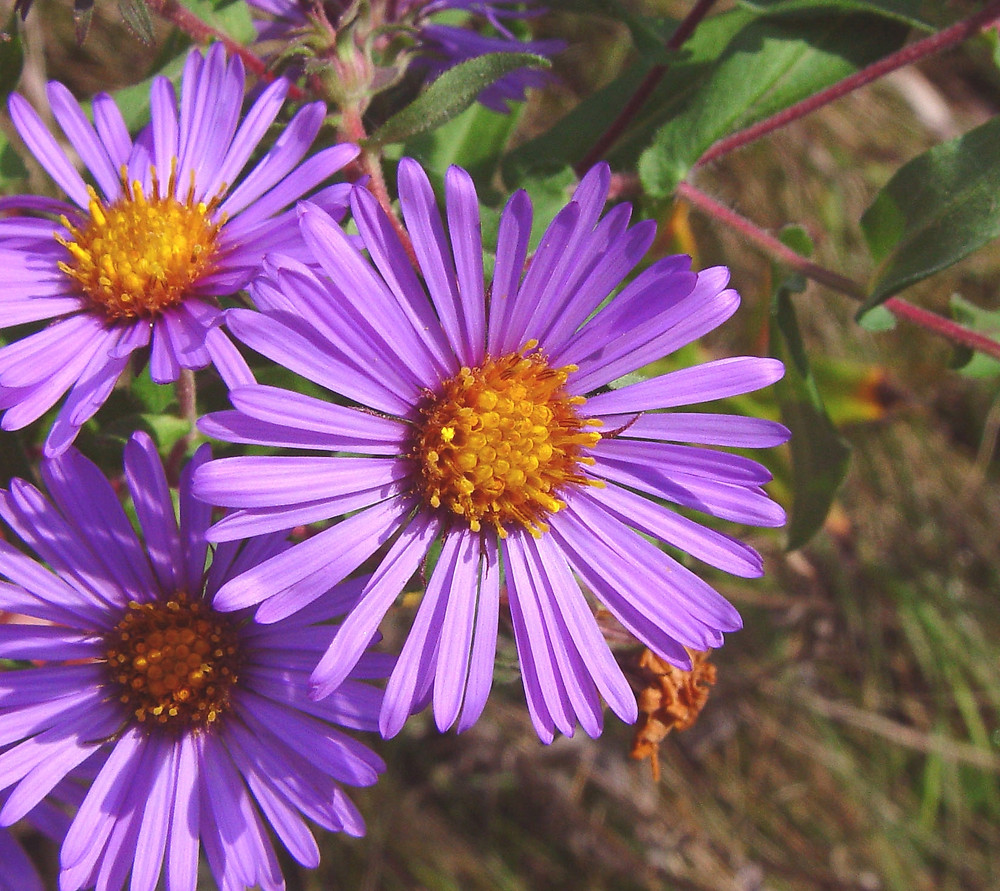
Bringing rich purple-pink color to the late-season garden, New England aster is a magnet for monarchs and other butterflies. Hardy in zones 4–8, it grows best in full sun and moderately moist soil but is surprisingly tolerant of drier conditions once established. Its tall, bushy form makes it a great background plant or part of a native meadow planting. While it can get leggy, a midseason trim helps keep it compact. Otherwise, it asks for little and gives a lot.

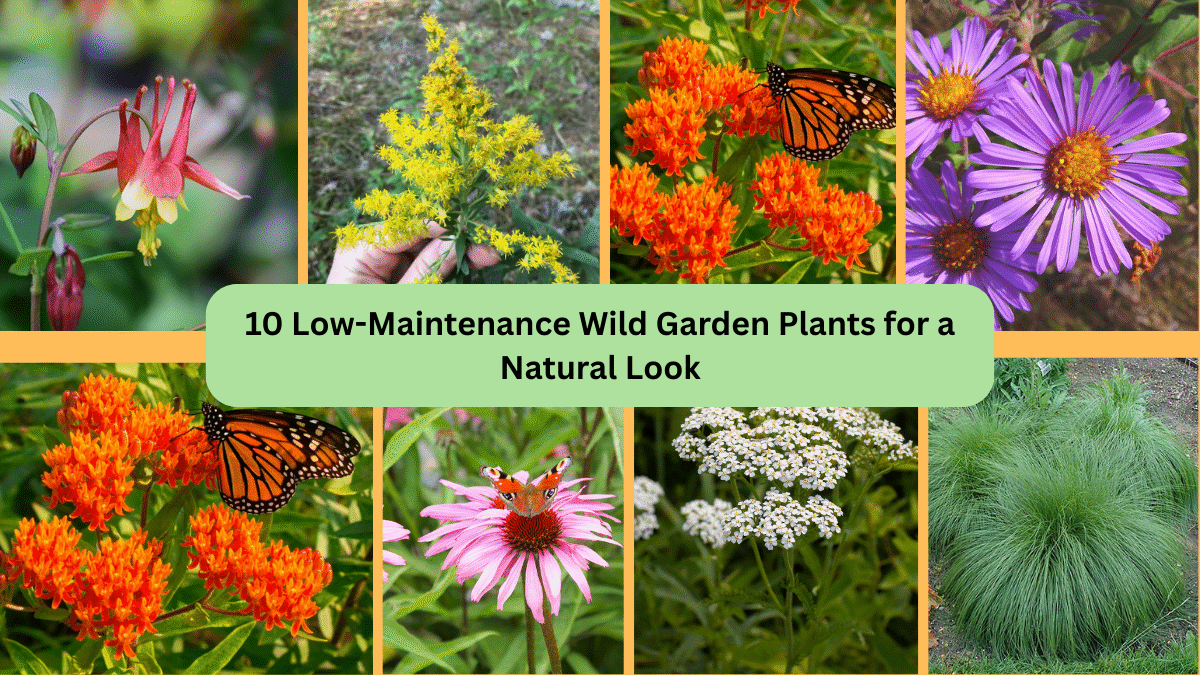



Leave A Comment